President Donald Trump’s decision last week to pull the trigger on his oft-repeated threat to cut off subsidies to health insurance companies is having widespread fallout, with many states scrambling to approve higher insurance rates for 2018 to make up for the loss and keep insurers from fleeing the market altogether.
Because the insurance companies are required by law to cover everyone regardless of their health status and lower the cost of care for low-income patients, and because many had assumed the government would keep making the cost sharing reduction (CSR) payments, Trump’s move has thrown them into turmoil.
The vast majority either had raised their rates already in anticipation of the CSR cut or are filing for emergency rate hikes now. And while these rate hikes will not impact the more than 80 percent of individual market enrollees who get government tax credits, they will cost the government billions of dollars as those tax credits creep upward to cover the difference. The rate increases will also slam the millions of middle class Americans whose individual health plans are unsubsidized.
The timing of the announcement—mere weeks before the start of open enrollment period for 2018 and just after insurers had already signed contracts for participating —could not have been worse.
“Potentially the biggest effect of all this is just to create confusion,” warned Larry Levitt, the vice president of the Kaiser Family Foundation. “It would be quite understandable if consumers are perplexed about whether subsidies are still available for them, which they are.”
Rates on the rise
Across the country, the non-partisan Congressional Budget Office has predicted about a 25 percent increase in insurance rates over two years solely due to the subsidy cuts. Already, in markets where insurance companies did not originally price for the yanking of the CSRs, that prediction is coming true.
On Friday, Oregon’s Department of Consumer and Business Services ordered health insurance companies on the state’s individual market to hike their 2018 rates by 7.1 percent, “in order to ensure carriers can continue to offer coverage in Oregon.”
“This increase will affect plans both on and off HealthCare.gov, and will compensate for the $49 million worth of cost-sharing reduction payments that the federal government will no longer be making to Oregon insurance companies in 2018.”
Alaska ordered a similar rate increase of 5 to 6 percent. In Arkansas, where insurers submitted two sets of rates—one assuming Trump continued funding CSRs and one assuming last week’s cutoff—the state approved the much higher rate, leading to a 25 percent jump in costs for some non-subsidized residents. In Pennsylvania, the increase will be near 30 percent, and in Florida, patients will pay between 26 and 72 percent more next year.
Many states are only hiking the rate of their silver-tier plans to cover the cost of the lost subsidies, but others, like Indiana, are raising rates across board. According to an AP analysis, Republican-controlled states that did not expand Medicaid, and that voted for Trump, will be the hardest hit.
“Middle class consumers will get hurt, but that’s not what’s happening in most places,” Levitt explained. “It’s really hitting tax payers, because the added cost of the increased tax credits will exceed the federal savings from cutting CSRs.”
Courtrooms and chaos
On Friday, nearly 20 state attorneys general sued the Trump administration over the abrupt subsidy withdrawal, arguing the move violated the text of the Affordable Care Act and the Administrative Procedure Act. The states aim to force the White House to make its October payment via a temporary restraining order while the case is heard, and other legal actions could be close behind.
Because Trump ordered the payments to cease immediately and the rate hikes don’t go into effect until 2018, insurance companies have to eat the loss of tens of millions of dollars between now and the end of December.
“I’ve heard of insurers exploring their options to get this money back through legal action,” Levitt told TPM. “Under the law they still seem to be owed this money.”
Yet not only have insurers not filed lawsuits yet, they have not fled the markets en masse as many predicted.
Though some individual insurers, most vocally in Montana, have threatened to drop out of the marketplace if their rate increases are not approved by regulators, the vast majority are gritting their teeth and staying put.
“For the most part, insurers had a sense this could be coming,” Levitt said. “Those that didn’t feel they could manage it had already left. But because this was just one of several actions the Trump administration has taken to undermine the marketplace, the question on insurers’ minds is: what might come next?”





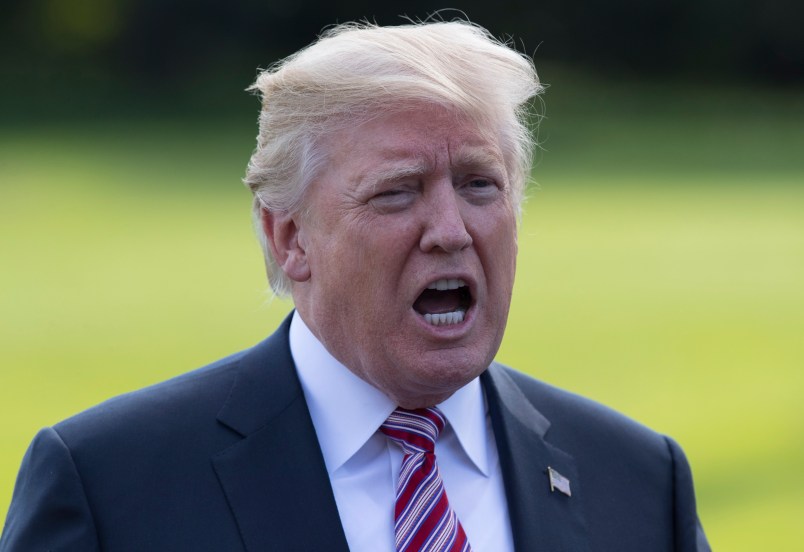

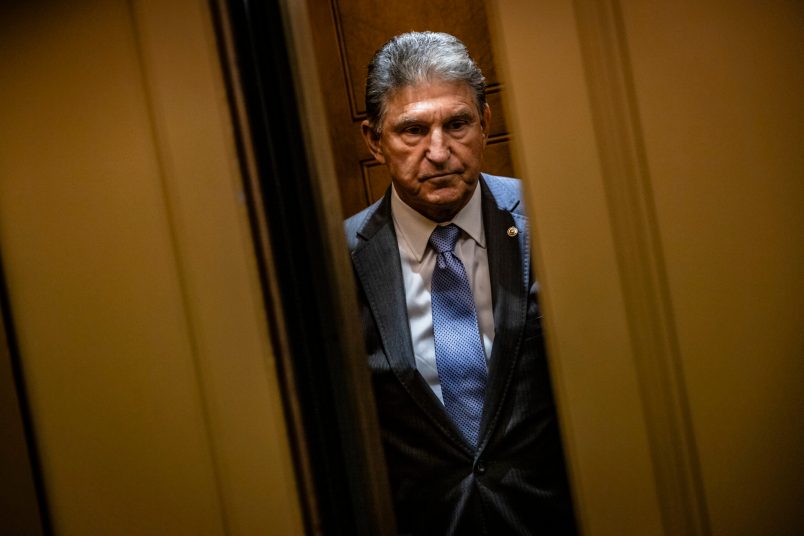
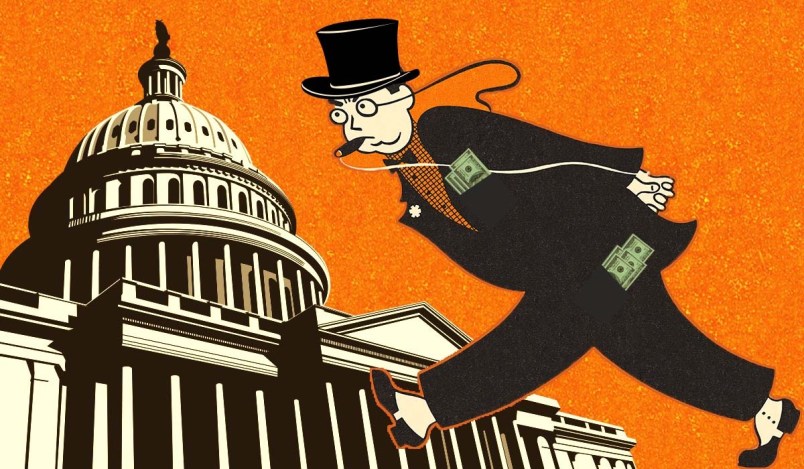
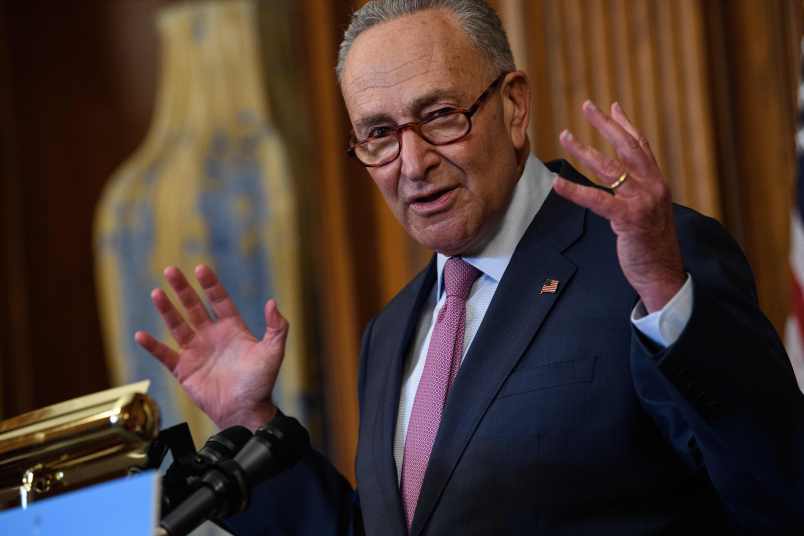
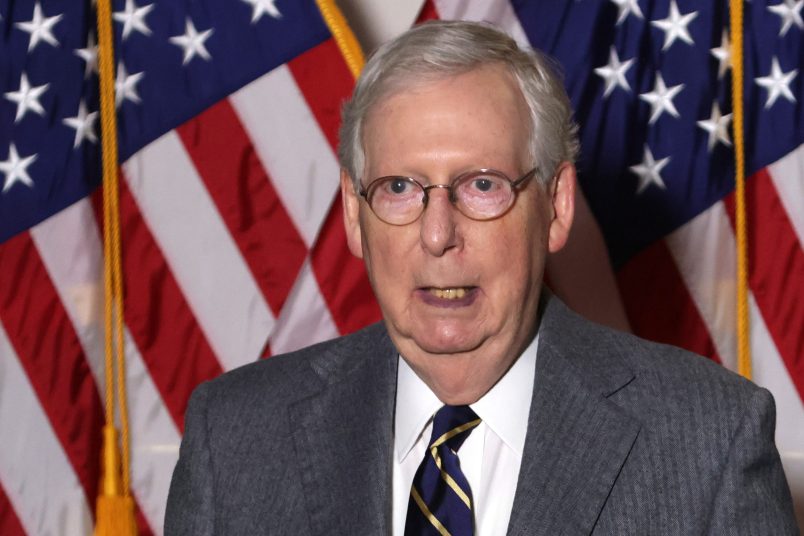
As usual , Mr Moron is shitting on America .
Dickhead.
Donald : “Who knew Health Insurance could be so complicated ?”
The guy is human napalm. Only he can prevent forests.
With the exception of Massachusetts all the states being royally screwed contain what’s left of his base AKA that coveted 34% “majority.” (Couldn’t happen to a nicer group of folks.) But according to national treasure Los Angeles Times business columnist Michael Hiltzik, Dotard could actually end up helping many states simply because he and his Rethugliklan minions are — surprise! — too fucking stupid to understand the law.
(If blocked by the paywall, Google: “Trump doesn’t know it, but his attempt to blow up Obamacare could help California — and other states” and follow the link.)